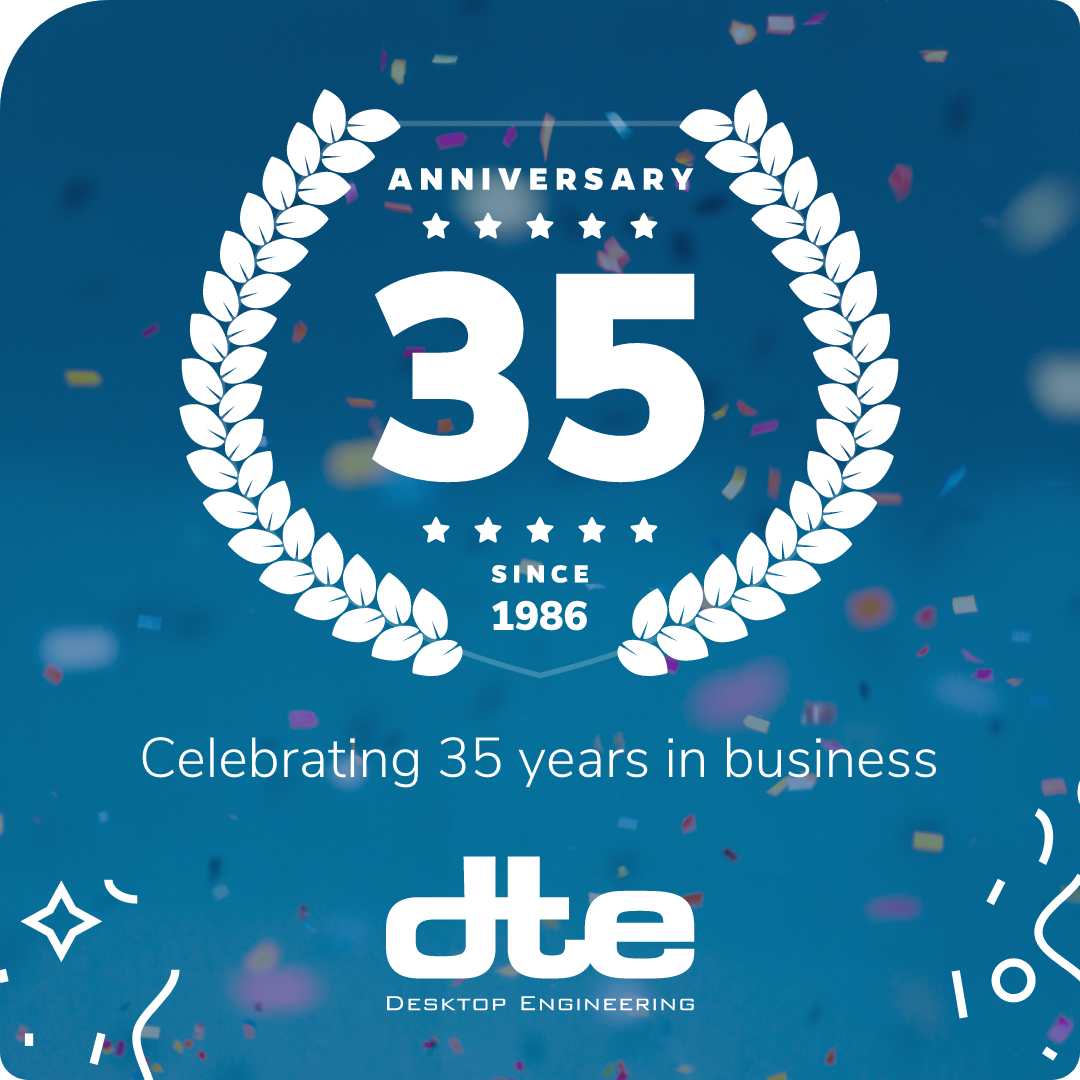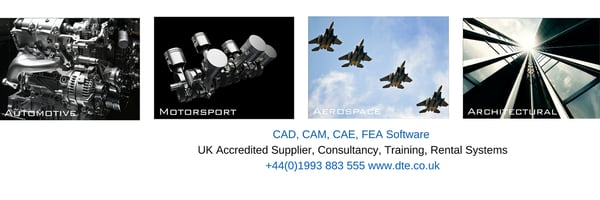Blog Posts from January to July 2018
ICYMI (In Case You Missed It)
- Adaptive Building Design
In recent years many papers, both government whitepapers, research document and industry guru’s have voiced concern on the poor productivity within the construction industry. - Dropbox and BIM
Dropbox is used very frequently amongst companies within the construction industry as a mechanism to share information. Its cheap, easy to use and available to synchronise files across many hardware platforms. It is easy to see why it has been taken up by many small, medium and even large organisations to help them manage BIM information on building projects. - 3DEXPERIENCE Design Share Collaboration Tool
In this short video you will see some of the powerful live collaboration tools of the 3DEXPERIENCE Platform in a scenario where two designers are working on different parts within the same product. - Scripting with MSC Apex
Repetitive tasks waste the time of engineers and can lead to errors through lack of attention. MSC Apex has adopted the Python scripting language with its own extensions in order to make automation of tasks a fairly straightforward thing. - CATIA Composer with Composite Part Data
A simple example of a CATIA V5 Composite part is used in the video, modelled using the 'Zone Approach' with one main laminate and four thicker, reinforcement laminates. - Non-uniform Thickness with MSC Apex
If you work with moulded or die cast parts you’ll be familiar with thin shell parts that have tapering thickness due to draft angles. Capturing this effect in your finite element mesh can be tricky and lead to approximations that might not be comfortable or conservative. MSC Apex has an auto-assignment feature that will accurately capture and represent the non-uniform shell thickness with remarkably little effort. - Geometry Manipulation with Apex
The guiding principle for the development of MSC Apex has been ease of use. Through the intelligent design of an intuitive interface users need no formal training and can be productive after watching a few short videos. All the features of the product have both written and video instructions making it easy to learn as well as use. - Defeaturing with MSC Apex
Prepping Computer Aided Design (CAD) geometry for Finite Element Analysis (FEA) can be a complex, time consuming and error prone activity. - Modelling methodology in CATIA V5 - Part 7
In the seventh article of the series concerning how to implement and use modelling methodology in CATIA V5, we discuss additional rules to be considered when defining part files. This article closes the main set of modelling methodology for prismatic geometry driven parts, with single body. - Modelling methodology in CATIA V5 - Part 6
In this article, we will discuss methodology and rules to be considered when defining features. We will use the same example component, introduced in previous articles, called Angle bracket. - Training Certification - why do it?
How do you get recognition of your skills or you want to be involved in better work or been seen as making a difference - how do you show your difference? It’s all about having something unique that gives value to your employer. - Modelling methodology in CATIA V5 - Part 5
This is the second stage of the creation process; we already have all the elements defined in the Skeleton group, so now is the time to start modelling the solid geometry.
If you have previously subscribed to our blog but are not getting notifications, please re-submit your details as GDPR came into affect earlier this year and you may need to update your preferences.
Posts by Topic
- Aerospace (19)
- MSC Software (18)
- Finite Element Analysis (FEA) (17)
- CATIA (11)
- 3DEXPERIENCE (7)
- Dassault Systemes (7)
- 3D Master (6)
- Architecture, Engineering & Construction (AEC) (6)
- Training (6)
- Various - CAD CAM FEA PLM (6)
- Automotive / Motorsport (5)
- CATIA 3DEXPERIENCE on Cloud (5)
- ICAM Technologies (5)
- Building Information Modelling (BIM) (4)
- Facade Design (4)
- Automotive - 3D Master (3)
- Machine Tools (3)
- Product Lifecycle Management (PLM) (3)
- Automotive - CATIA (2)
.png?width=139&height=70&name=DTE-Logo%20(4).png)



